From English Countryside to Swinging London
Long before Jean Shrimpton became a household name, she was a shy girl from High Wycombe, Buckinghamshire, born on November 7, 1942. Raised among the roses and greenery of her family’s nursery, she grew up with an understated grace that hinted at bigger things. School days at St. Bernard’s Convent in Slough gave her discipline, but Jean’s wide-eyed curiosity pointed toward the wider world. At seventeen, she enrolled in London’s Langham Secretarial College, imagining a steady office career. Fate, however, had a different script.
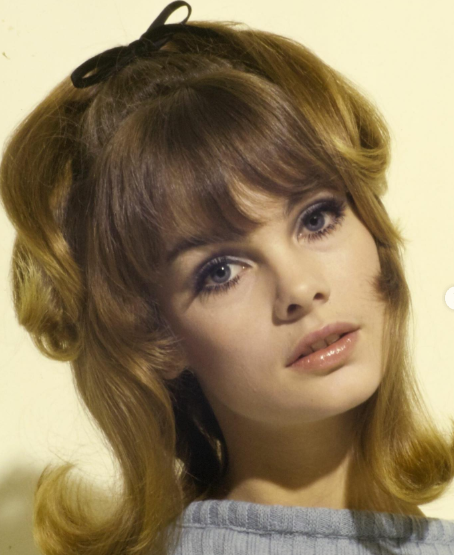
A chance conversation with filmmaker Cy Endfield led her to Lucie Clayton’s Charm Academy—a finishing school that polished young women for modeling or society life. Within a year, Jean was posing for small advertising gigs. At 5’7″ with delicate features and natural elegance, she stood apart from the glamorous, heavily styled models of the 1950s. Without knowing it, Jean was poised to become the face of a new decade.
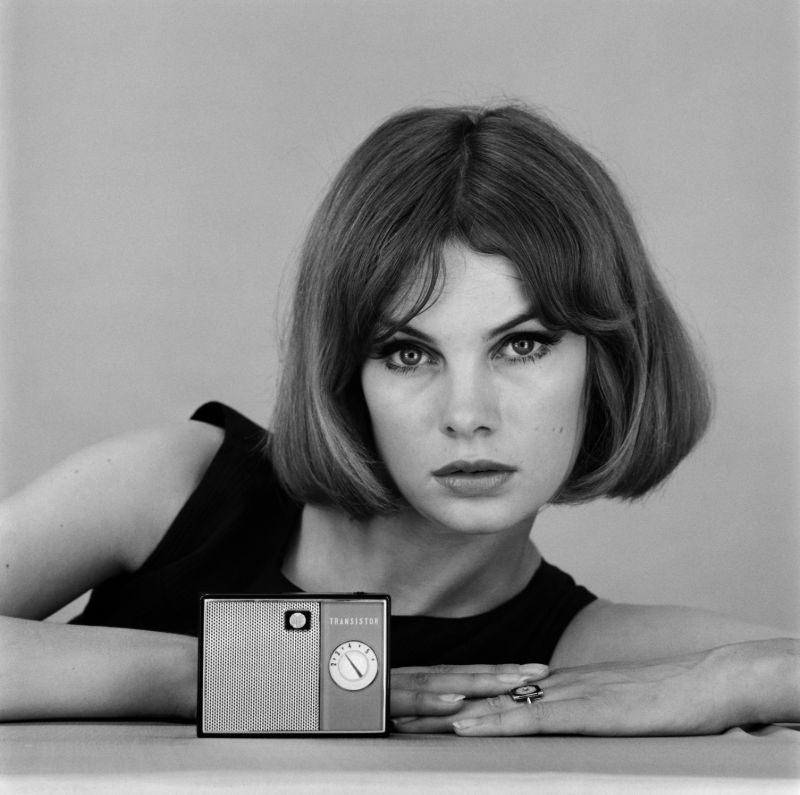
Discovering “The Shrimp” and the Rise of Mod Fashion
Jean’s real break came when she met photographer David Bailey in 1960. Bailey instantly recognized her unique look—youthful, fresh, and disarmingly natural. He nicknamed her “The Shrimp,” a playful tag that stuck and soon became synonymous with 1960s cool. Together, they helped create the visual language of Swinging London.
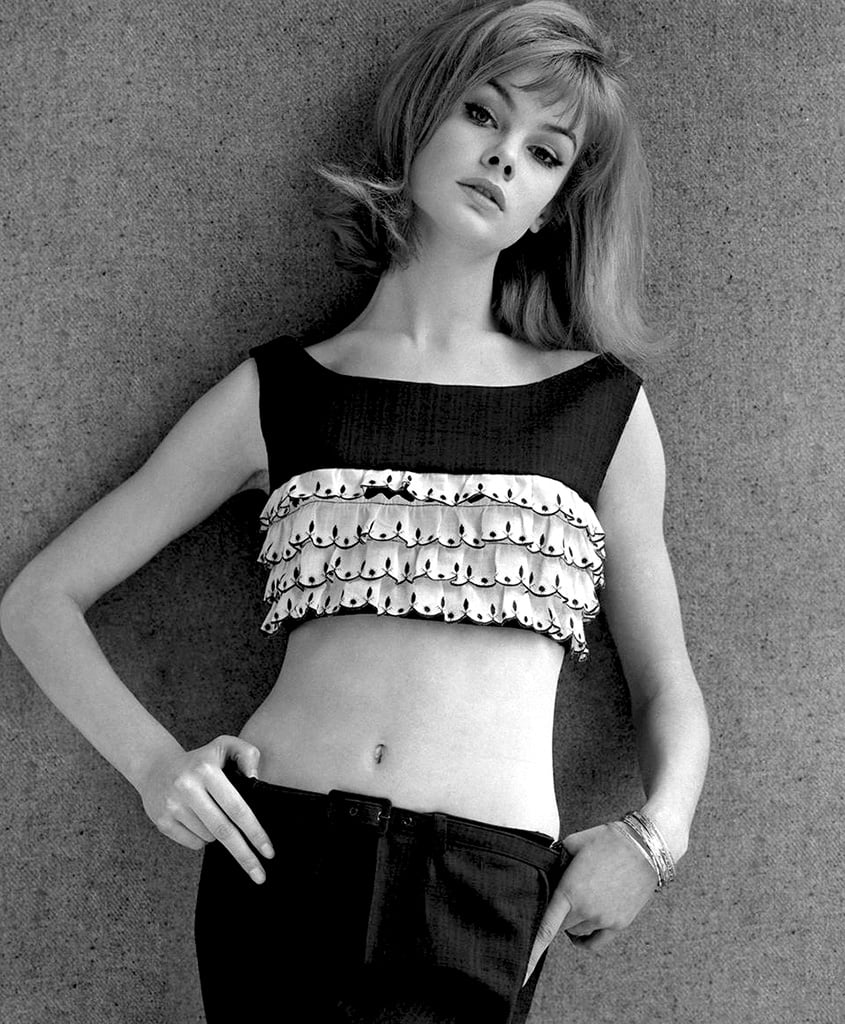
Bailey’s Vogue spread “Young Idea Goes West” in 1962 captured Jean’s carefree style and set the tone for a revolution in fashion. Gone were the structured silhouettes of the previous decade; in their place came Jean’s long legs, simple shift dresses, and that famous fringe. Her look defined the mod movement—youthful, modern, and effortlessly chic. Designers like Mary Quant and photographers around the world clamored to work with her. She graced over twenty covers of British Vogue and countless international magazines, becoming one of the world’s first true supermodels.
Video : jean shrimpton photos lifestyle old image and more
The Melbourne Cup Moment That Shook Tradition
If one moment captured Jean’s impact on fashion, it was the 1965 Melbourne Cup. Invited to judge the Fashions on the Field event in Australia, she arrived in a simple white shift dress designed by Colin Rolfe. The dress ended a daring four inches above the knee; Jean wore no hat, no gloves, and—most shocking of all in that conservative setting—no stockings.
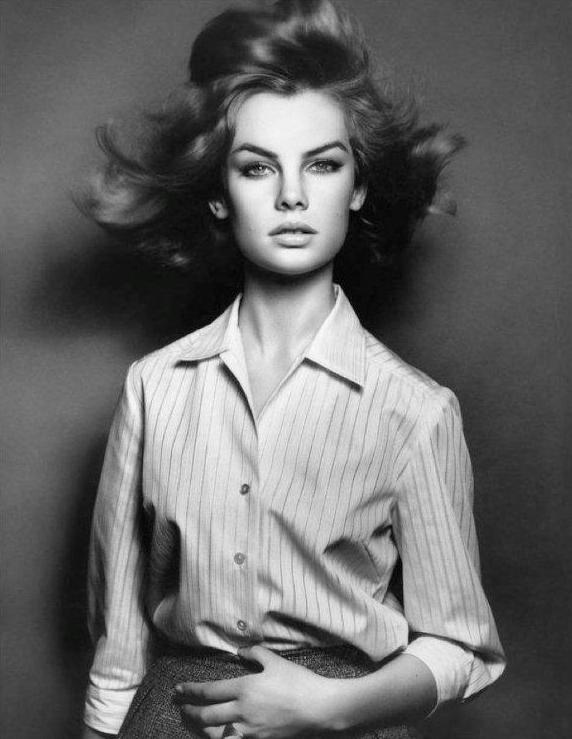
The reaction was immediate and electric. Newspapers blared with headlines about the “scandalous” outfit, and society matrons were appalled. Yet for the young and adventurous, Jean’s look was a breath of fresh air. That single appearance helped catapult the miniskirt into mainstream fashion worldwide. What began as a personal choice became a cultural shift, proving that style could be bold, playful, and liberating.
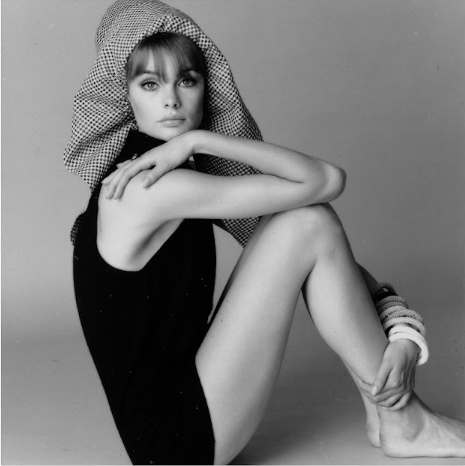
Beyond the Camera: Acting and Famous Romances
While modeling made her famous, Jean’s life extended far beyond the studio lights. Her long relationship with David Bailey captivated the public until their split in 1964. Soon after, she began dating actor Terence Stamp, and together they became one of the most photographed couples of the decade. Her private life often made as many headlines as her professional achievements, yet Jean maintained an air of quiet dignity through it all.
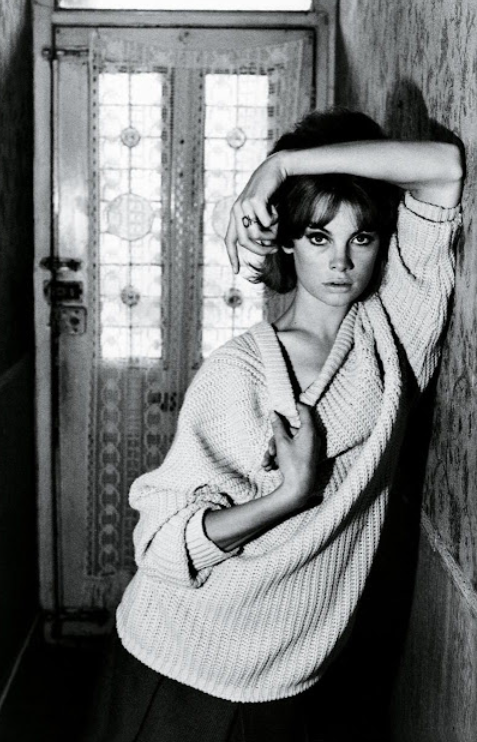
Jean also ventured into film, starring in Eye of the Devil (1966) and the satirical Privilege (1967). Though she handled the roles with natural poise, acting never captured her heart the way modeling had. By the early 1970s, after more than a decade at the top of her field, she began to step away from the public eye.
Video : JEAN SHRIMPTON.
Choosing a Different Kind of Fame
While other models chased Hollywood or fashion houses, Jean Shrimpton chose a different path. In 1979 she married photographer Michael Cox and moved to Penzance, Cornwall. There, the couple bought the historic Abbey Hotel and settled into a life of quiet hospitality and family. They welcomed a son, Thaddeus, and Jean embraced a rhythm far removed from the frantic pace of London or New York.
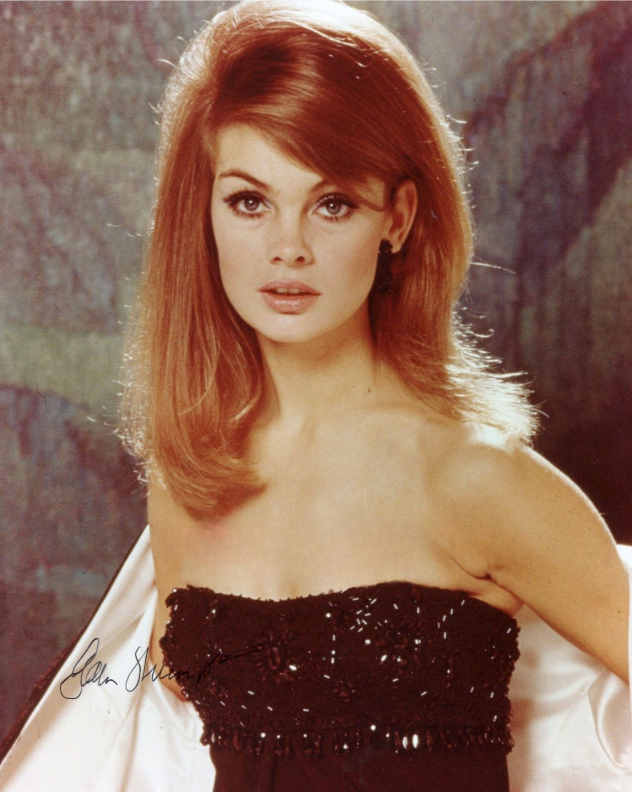
Her 1990 autobiography revealed a woman who valued peace over publicity. She admitted that while fame had its thrills, she longed for normalcy and the freedom to define her own life. For Jean, leaving the spotlight wasn’t retreat—it was liberation.
Lasting Influence on Fashion and Culture
Jean’s impact on fashion remains undeniable. Her natural look and effortless style redefined what it meant to be a model. She proved that elegance didn’t require heavy makeup or elaborate gowns. Designers and photographers continue to cite her as an influence, and modern icons from Kate Moss to Alexa Chung trace elements of their style back to Jean’s mod aesthetic.
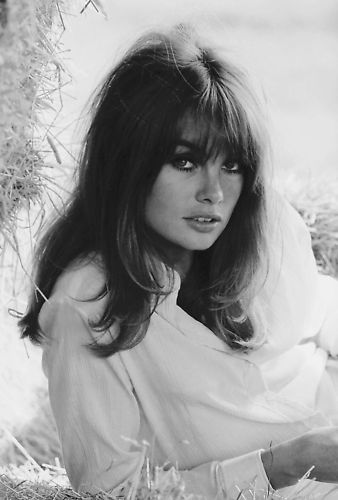
The Melbourne Cup outfit, once controversial, is now celebrated as a turning point in fashion history. It symbolized a break with tradition and the arrival of a more youthful, expressive era. Even decades later, that moment continues to inspire stylists and designers who see in Jean’s quiet rebellion the essence of modern fashion.
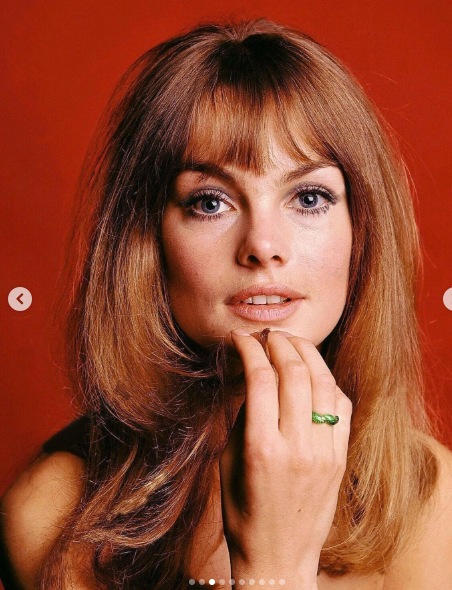
Conclusion: An Icon Who Chose Her Own Ending
Jean Shrimpton’s story is more than a tale of beauty and fame; it is a lesson in self-determination. From the fields of Buckinghamshire to the pages of Vogue and the runways of the world, she helped define the look and spirit of the 1960s. Then, at the height of her success, she chose a life of calm and authenticity in Cornwall, proving that true style is as much about choices as it is about clothes. Decades on, Jean Shrimpton remains a timeless icon—an enduring reminder that sometimes the boldest statement is knowing when to step away and live life on your own terms.